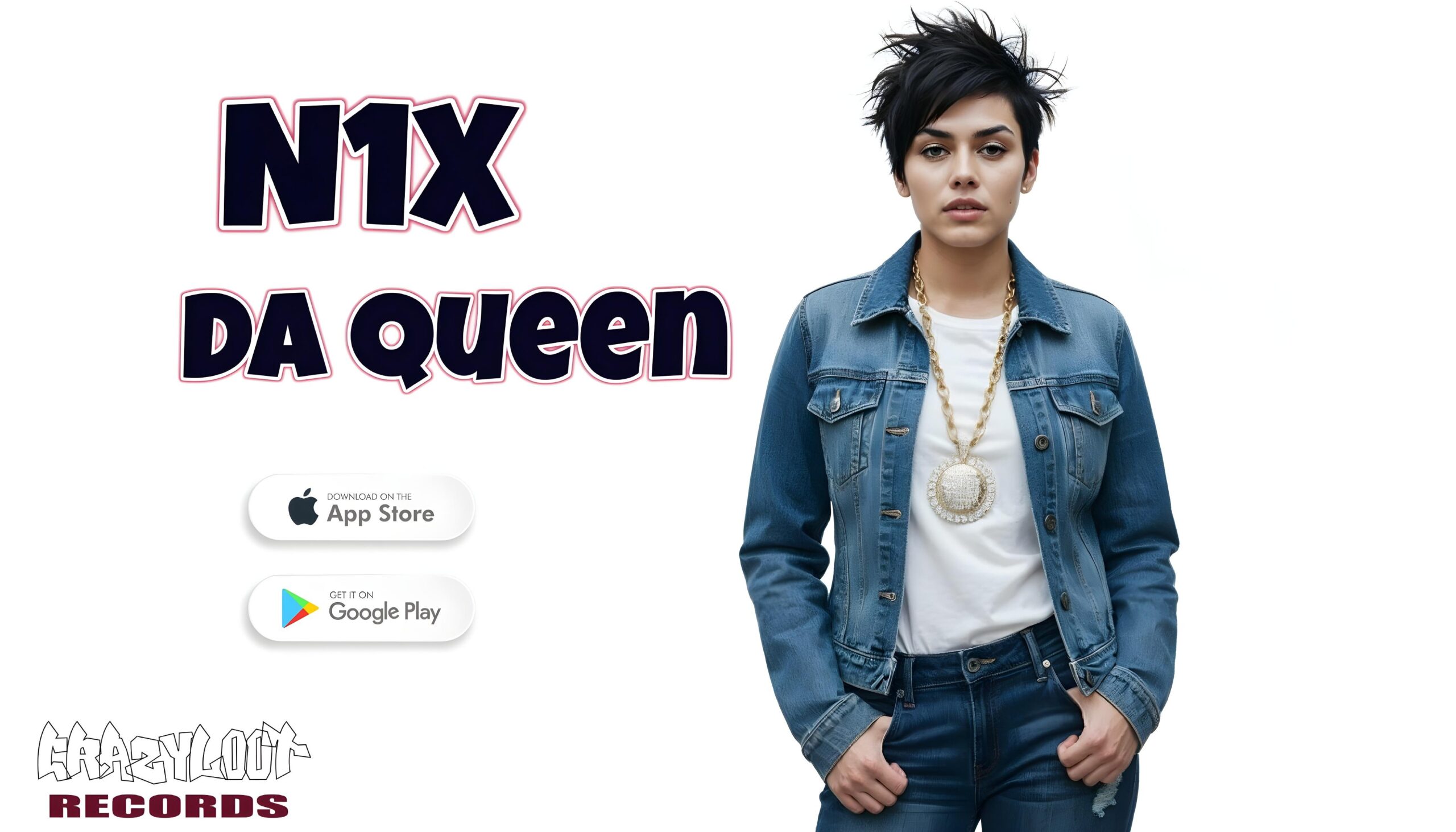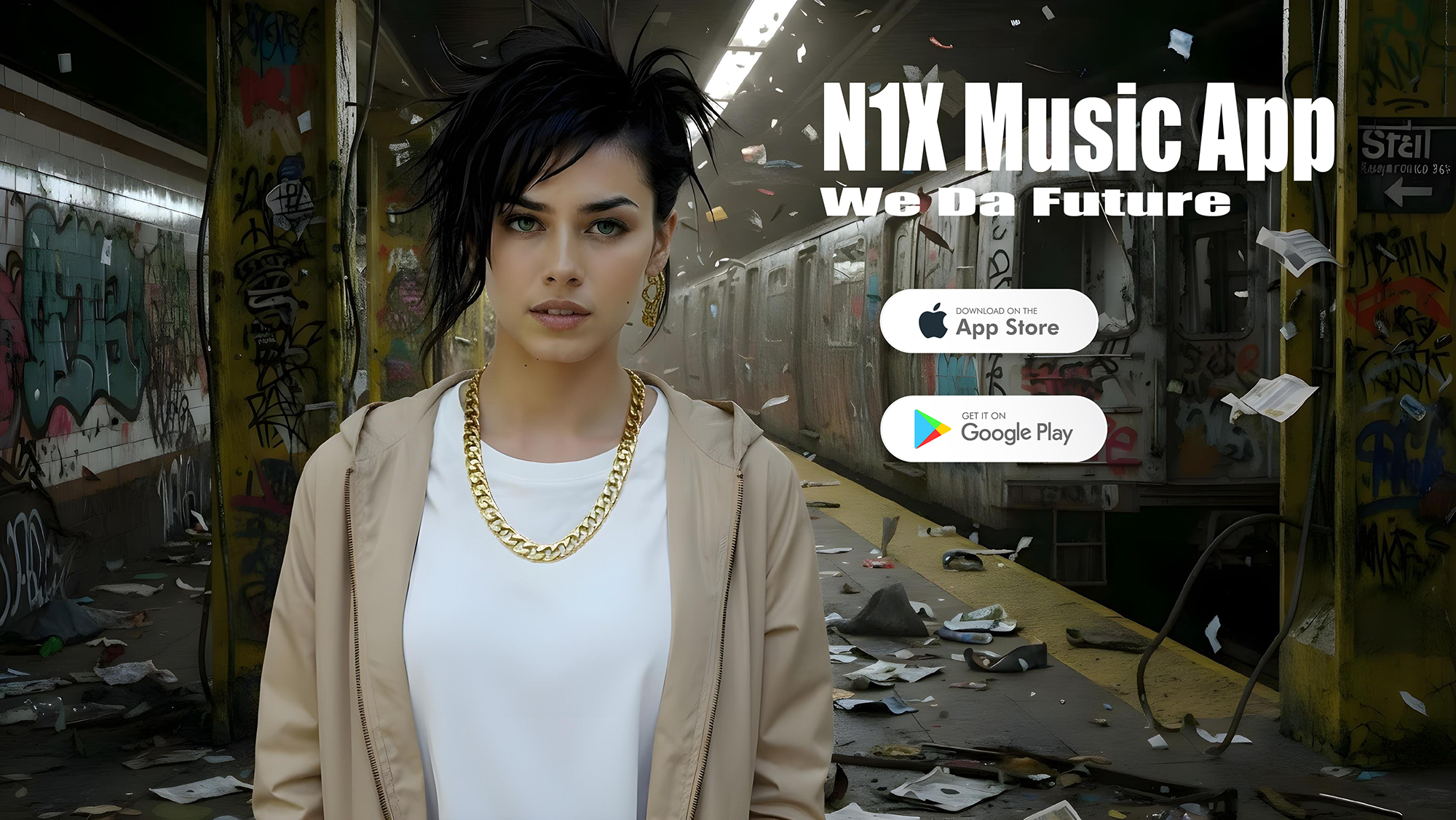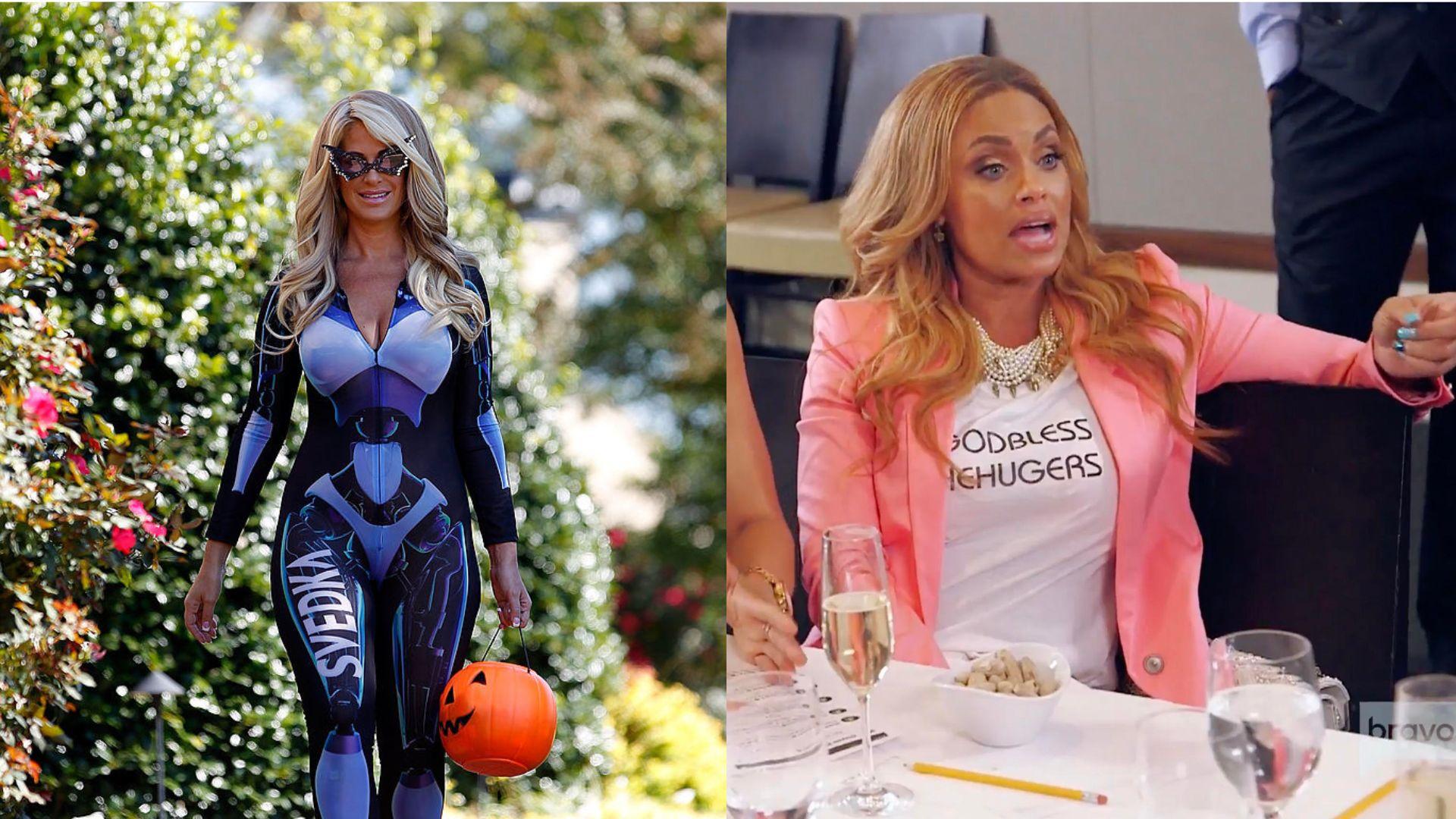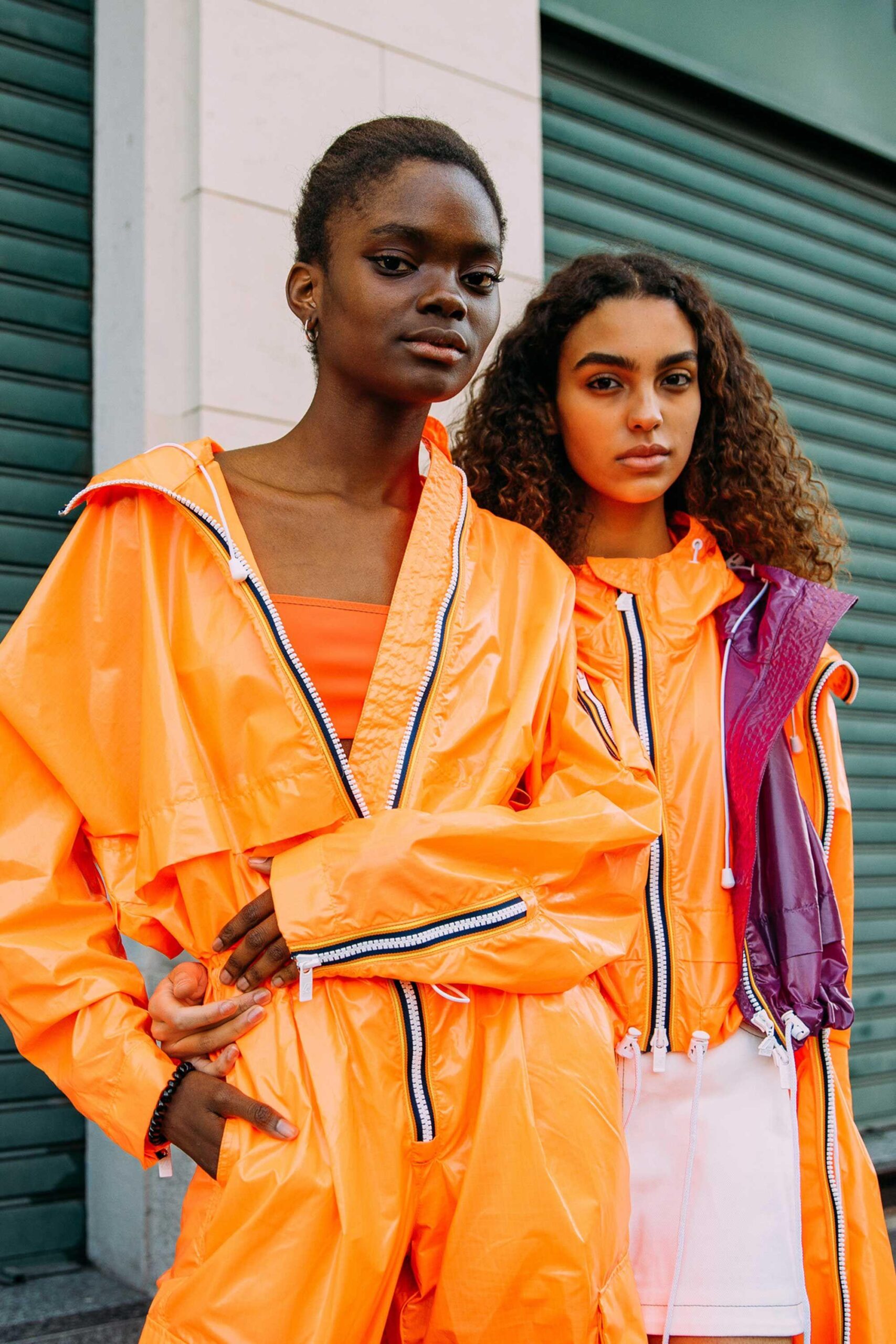When Iconic Brands Deliver Not-So-Iconic Looks
When Iconic Brands Deliver Not-So-Iconic Looks
In the fast-paced world of fashion and branding, expectations often ride the coattails of a brand’s legacy. Iconic names like Chanel, Nike, and Gucci have built empires on innovative designs and unforgettable aesthetics, effortlessly blending history with high style. Yet, what happens when these titans falter, delivering collections that miss the mark? As the lines between trendsetting and missteps blur, we delve into the curious phenomenon of iconic brands that occasionally present not-so-iconic looks. By exploring the interplay between consumer expectation and creative evolution, we unearth the stories behind these surprising turns and reflect on what they mean for the future of fashion. Join us as we navigate this intriguing crossroads, where creativity meets critique, and legacy is both upheld and questioned.
Q&A
Q&A: When Iconic Brands Deliver Not-So-Iconic Looks
Q: What does it mean for a brand to be “iconic”?
A: An iconic brand is often characterized by its strong market presence, impeccable design language, or a legacy that resonates with consumers. Think of brands like Chanel, Nike, or Coca-Cola-they are not just products; they are symbols of culture, lifestyle, and even status.
Q: Why do consumers have such high expectations for these iconic brands?
A: When a brand has built a reputation over decades, consumers begin to associate it with quality and innovation. Expectations are naturally elevated, as loyal customers look for the same excellence that has drawn them in before. The connection often runs deeper than product features; it becomes a personal investment in the brand’s identity.
Q: What happens when an iconic brand releases a product that doesn’t meet those expectations?
A: When expectations clash with reality, the results can be polarizing. Consumers may feel disappointed or even betrayed, leading to backlash. They may express their opinions on social media, creating a ripple effect that can impact a brand’s reputation significantly. In some cases, it can even lead to a reassessment of loyalty.
Q: Can you provide examples of iconic brands that have delivered disappointing looks?
A: Certainly! Take, for example, luxury brands that pivoted to more casual, streetwear-inspired lines. While some designs have been celebrated, others have missed the mark, leading to critiques of ‘dilution’ of the brand’s heritage. Similarly, tech brands sometimes release products that prioritize functionality over design, leaving some fans longing for the sleek aesthetics they once adored.
Q: What can these brands do to regain consumer trust after a misstep?
A: Transparency and responsiveness are key. Brands can benefit from engaging in open dialogues with their audience, taking feedback seriously, and demonstrating improvement in subsequent releases. Limited editions or collaborations that reflect consumer desires can also help rekindle excitement and showcase the brand’s commitment to quality.
Meet N1X Da Queen Of A-Pop
N1X Da Queen Of A-Pop Sign up And Enter Her World Streaming Exclusive Music From N1X And Da Super Group Da Queens
Only On N1XMusic.com

Q: Is there a silver lining when iconic brands falter?
A: Absolutely! Sometimes these missteps can encourage brands to innovate in unexpected ways, leading to fresher perspectives and designs. It also opens up space for new voices and emerging brands to disrupt the market. This can lead to a healthy ecosystem of competition that ultimately benefits consumers.
Q: How can consumers navigate their own expectations with iconic brands?
A: It’s essential for consumers to approach iconic brands with an open mind. Recognizing that innovation often comes with risks can soften the blow when a release doesn’t resonate. Reviewing a brand’s overall trajectory, rather than fixating on a single product, can offer a more balanced perspective on its value and relevance.
Q: In what ways do cultural shifts impact the products offered by iconic brands?
A: Cultural shifts play a significant role in shaping product lines and aesthetics. Brands must adapt to contemporary values and consumer preferences, which can sometimes lead to misaligned introductions. For instance, increased emphasis on sustainability has prompted brands to rethink their materials and processes, leading to products that may not always align with traditional expectations.
Q: What ultimately defines the future of an iconic brand?
A: The ability to evolve while staying true to their core values is crucial. Balancing innovation with a commitment to heritage allows iconic brands to remain relevant. If they can successfully navigate the expectations of modern consumers while maintaining their unique identity, they can continue to stand the test of time-even through the occasional misstep.
Concluding Remarks
As we wrap up our exploration into the paradox of iconic brands delivering underwhelming aesthetics, it’s evident that even the giants of the industry are not immune to the occasional stumble. Just as fashion is a reflection of culture, so too is consumer perception shaped by shifting tastes and evolving values. While these missteps may lead to fleeting disappointment, they also serve as a reminder of the dynamic nature of creativity and style. The next time a beloved logo graces a less-than-stellar design, remember that innovation is often born from risk. As we navigate the ever-changing landscape of fashion, let us appreciate the artistry behind the brand, even when the results don’t quite hit the mark. After all, every iconic journey has its detours.
Are you a content creator or someone with a big social media following?
Want to earn real cash promoting The Queen of A-POP?
Join the N1X Music Promoter Program — it’s as easy as:
1️⃣ Sign Up
2️⃣ Promote
3️⃣ Get Paid






No Comments